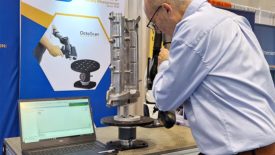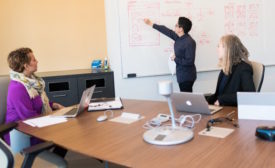Home » quality control
Articles Tagged with ''quality control''
Quality 101
Compression testing is a vital process in quality control, helping manufacturers evaluate the strength, durability, and stability of materials.
Read More
Artificial Intelligence (AI)
Transforming Quality Assurance with AI: Strategies for a Smarter Future
Integrating AI into quality control processes requires a thoughtful approach that goes beyond mere technology adoption. Here are some proven strategies to ensure successful AI empowerment in quality control.
September 21, 2024
Sponsored Content
Optimizing Quality Control Measures with Minitab's Predictive Analytics
September 20, 2024
Understanding In-Process Verification
Real-time quality control equals instant feedback
August 6, 2024
Quality 101
The Next Dimension of Precision: Integrating Rotary Tables into Coordinate Measuring Systems
The accuracy and reliability of CMMs and PCMMs are foundational to quality.
February 16, 2024
Software & Analysis
Quality 4.0: Learning quality control, the evolution of statistical quality control
Learning quality control (LQC) is a process monitoring system based on machine learning and deep learning.
November 22, 2023
Stay in the know with Quality’s comprehensive coverage of
the manufacturing and metrology industries.
eNewsletter | Website | eMagazine
JOIN TODAY!Copyright ©2024. All Rights Reserved BNP Media.
Design, CMS, Hosting & Web Development :: ePublishing









